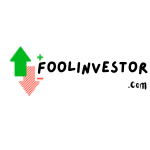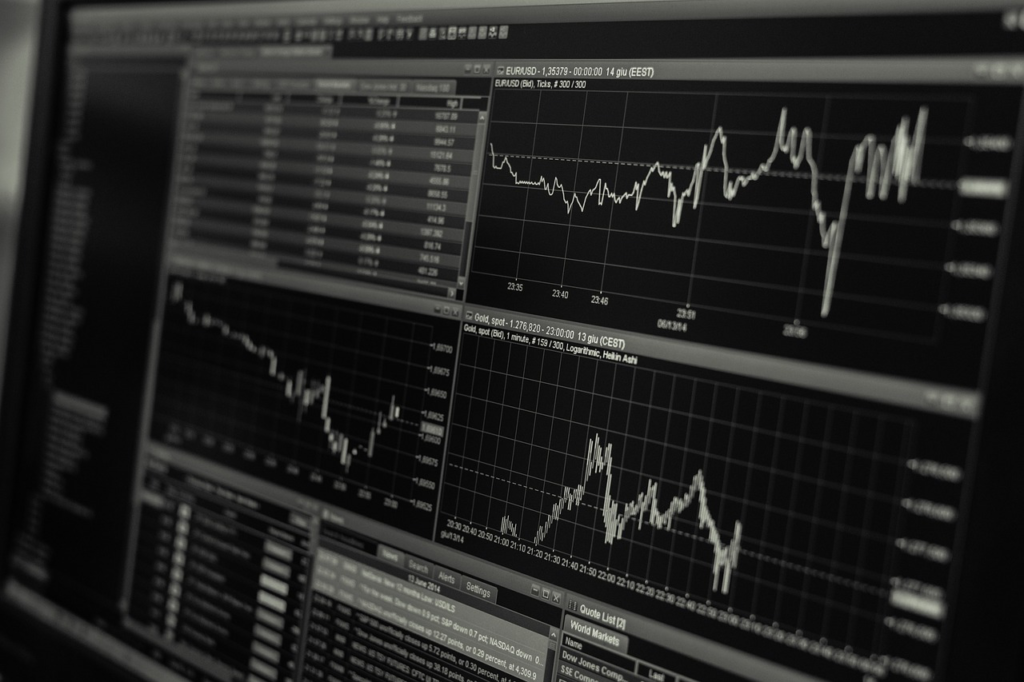Investing and trading are two commonly used terms in the world of finance, often used interchangeably. However, they have distinct differences and cater to different objectives and time horizons. In this comprehensive guide, we will delve into the key disparities between stock trading and investing, explore their respective benefits and risks, and help you determine which approach is best suited for your financial goals.
What is Investing?
Investing involves the purchase of financial assets, such as individual stocks, mutual funds, or exchange-traded funds (ETFs), with the objective of growing your wealth over an extended period. Investors typically hold onto these assets for years, if not decades, as they aim to achieve long-term goals like purchasing a house, funding education, or saving for retirement. The primary focus of investing is on capital appreciation, where the value of the assets increases over time.
What is Stock Trading?
On the other hand, stock trading revolves around buying and selling financial assets within a short-term timeframe to capitalize on price fluctuations. Traders engage in frequent buying and selling activities, sometimes even within the span of a day, week, or month. The goal of trading is to make short-term profits by taking advantage of market inefficiencies and exploiting price movements.
Key Differences between Trading and Investing
Here are some fundamental differences between stock trading and investing:
Time Horizon
The most significant distinction between trading and investing lies in the time horizon. Investing is a long-term strategy, where assets are held for years, allowing them to potentially grow and recover from market downturns. On the contrary, trading focuses on short-term gains, with positions being liquidated within a relatively brief period.
Objective
Investors aim for long-term capital appreciation and wealth accumulation. They often prioritize steady growth and income generation through dividends. Traders, on the other hand, seek short-term profits by capitalizing on price movements, rather than relying on long-term growth.
Risk and Return
Both trading and investing carry inherent risks. However, trading is generally considered riskier due to its shorter timeframes and higher frequency of transactions. Traders often concentrate their investments on a select few holdings, increasing the potential for significant losses. On the other hand, investors tend to diversify their portfolios, spreading risk across various assets and mitigating the impact of individual stock fluctuations.
Research and Analysis
Traders rely heavily on technical analysis, which involves studying historical price patterns and market trends to identify short-term trading opportunities. They often use charts, indicators, and other technical tools to inform their decisions. Investors, on the other hand, focus on fundamental analysis, which involves evaluating a company’s financial health, management team, industry trends, and economic factors to assess its long-term growth potential.
Time and Effort
Successful trading demands significant time and effort, as traders need to closely monitor market movements, analyze charts, and execute trades promptly. It requires constant attention and a deep understanding of market dynamics. Investing, on the other hand, is more passive, often involving a set-it-and-forget-it approach. Investors can achieve long-term growth by buying diversified funds or a mix of investments without the need for constant monitoring.
Similarities between Trading and Investing
While trading and investing differ in their objectives and time horizons, they share some similarities:
Opportunity for Compound Returns
Both trading and investing offer the potential for compound returns. Compounding refers to earning returns on your investments, and as time passes, these returns can generate additional returns. However, compounding can work against you, especially in shorter timeframes, as losses can also compound. Long-term investors have the advantage of time to recover from downturns and allow their investments to grow again.
Dividend Income
Certain investments, such as individual stocks and funds, provide periodic payouts called dividends. Dividends can contribute significantly to the total return of an investment, with some stocks and funds offering substantial dividend yields. Reinvesting dividends can further enhance long-term returns, making it an attractive strategy for investors.
Inflation Hedge
Both trading and investing offer a potential hedge against inflation. Inflation erodes the purchasing power of money over time. By investing in assets that outperform inflation, such as stocks or real estate, individuals can preserve and potentially increase their wealth.
Risks and Considerations
Before deciding whether to pursue trading or investing, it’s essential to understand the risks associated with each approach:
Risk of Loss
All investments come with the risk of loss, but trading can be particularly risky due to its short-term nature. Traders face the challenge of accurately predicting short-term price movements, and incorrect decisions can result in significant losses. Investors, on the other hand, have the advantage of time to ride out market fluctuations and potentially recover from losses.
Tax Implications
Both trading and investing have tax implications. Short-term gains from trading are typically taxed at higher rates, similar to ordinary income. Long-term capital gains from investments held for more than a year may qualify for lower tax rates. It’s crucial to understand the tax implications of your trading or investing activities and consider consulting with a tax professional.
Time Commitment
Trading requires a considerable time commitment, as it involves constant monitoring of the markets and executing trades promptly. Investors, on the other hand, can take a more hands-off approach, requiring less time and effort to manage their investments.
Psychological Factors
Both trading and investing can be influenced by psychological factors such as fear, greed, and emotional biases. Traders may be more susceptible to making impulsive decisions based on short-term market fluctuations, while investors may need to exercise patience and discipline to avoid making emotional decisions during periods of market volatility.
Conclusion
In summary, trading and investing are distinct approaches to wealth accumulation in the financial markets. Trading focuses on short-term gains through frequent buying and selling, while investing prioritizes long-term capital appreciation and income generation. Both approaches come with their own set of risks and considerations.
Before embarking on either trading or investing, it’s crucial to clearly define your financial goals, time horizon, risk tolerance, and level of commitment. Consider seeking guidance from financial professionals to help you make informed decisions and develop a strategy aligned with your objectives.
Remember, the choice between trading and investing is not a binary decision. Many individuals incorporate both approaches into their overall financial plan, leveraging trading for short-term gains and investing for long-term growth. Ultimately, finding the right balance that aligns with your goals and risk tolerance is key to building a successful and diversified portfolio.


